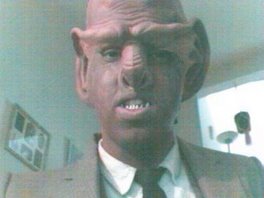Soft Drinks and DNA Damage
There are reports now, in the news, that consuming sodium benzoate can damage DNA. Sodium benzoate is a preservative; it's used in a number of foods, for example, soda pop . In North America it's on the GRAS list - an acronym which means substances (could be herbal, addirive, or otherwise) that are Generally Recognized As Safe.
What the news reports aren't mentioning is that the new research by British scientists Peter Piper, shows that sodium benzoate can recombine with another compound to form something which is lethal to mitochondria and their DNA.
Toxicologists speak of "de novo substances". When you eat certain substances they can recombine *in the body* to form a de novo (from new) substance, which you never intended to chow down on. This is not usually an unknown substance - it's usually a known toxin.
This combinataion is what is causing the DNA to be damaged. It's not just the sodium benzoate.
Mitochondria are basically like batteries for your cells - they produce energy in all eukaryotic organisms - believe it, or not, this means YOU. Here is some information on how these microscopic organelles produce energy for all the cells in your bod.
Piper is an expert on aging, and a biochemist. He did his research on how the mitochondrial DNA in yeast responds to the de novo substance produced by eating both of these, which frequently appear in pop drinks. Researchers work on yeast since working on humans is unethical and because yeast are easier and more inexpensive to do DNA damage research on. Mitochondrial DNA is pretty much the same no matter what organisism has it, whether single celled (yeast) or multi-celled (humans), whether fungus (yeast), plant, or animal (eg. you or your Uncle Fred.)
Piper's findings alarmed him so he spoke out - giving an interview to the UK paper, The Independant. That paper also as another piece on sodium benzoate and some other' food additive that have been called into question.
"These chemicals have the ability to cause severe damage to DNA in the mitochondria to the point that they totally inactivate it: they knock it out altogether. The mitochondria consumes the oxygen to give you energy and if you damage it - as happens in a number if diseased states - then the cell starts to malfunction very seriously. And there is a whole array of diseases that are now being tied to damage to this DNA - Parkinson's and quite a lot of neuro-degenerative diseases, but above all the whole process of ageing."
So what is the other substance they are combining with to form the DNA damaging compound? Epidemiologist Hsien-Hsien Lei says on her blog "Eye on DNA", that it's Hold onto your hats: Vitamin C, which your body needs, and which is also on the GRAS list.


